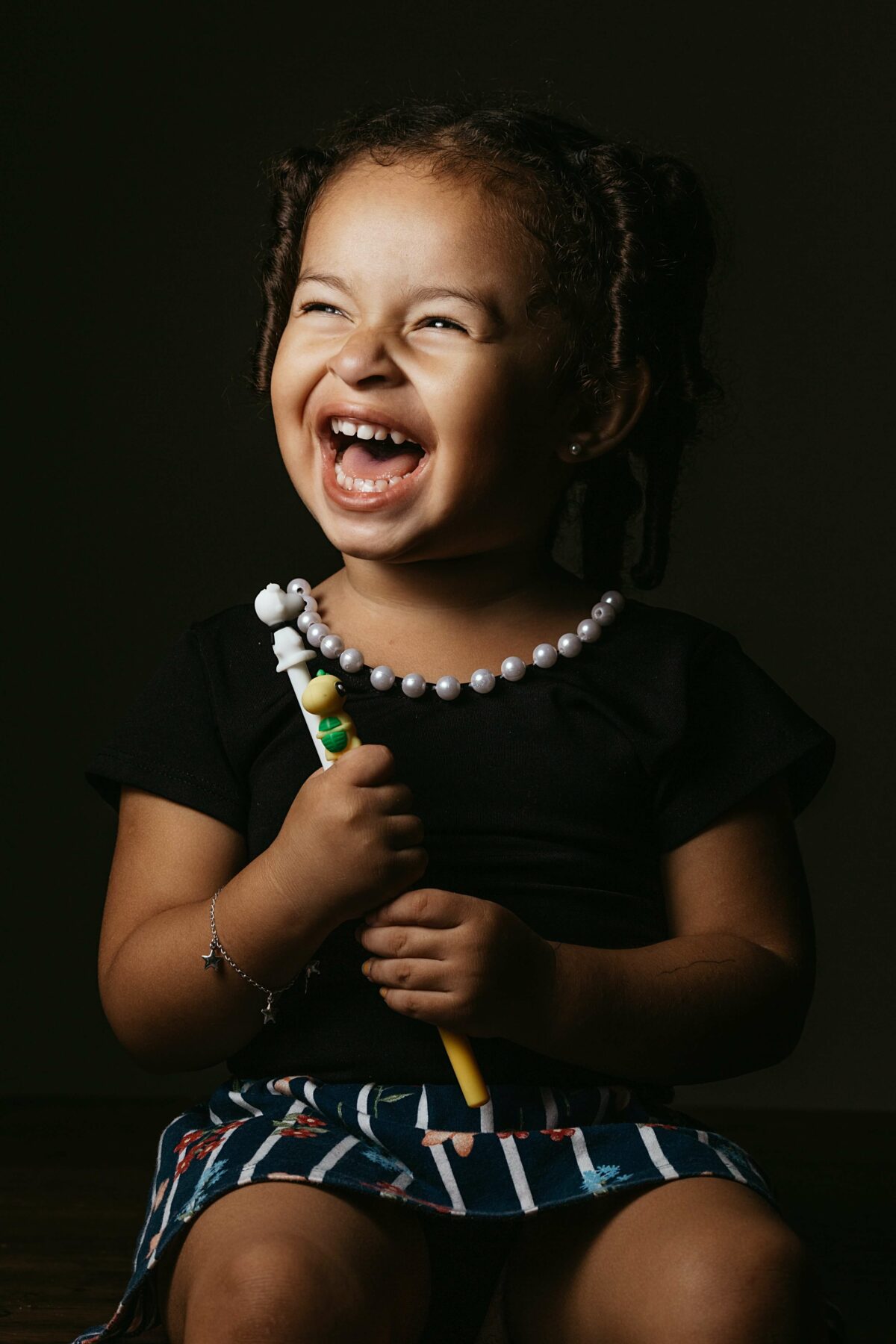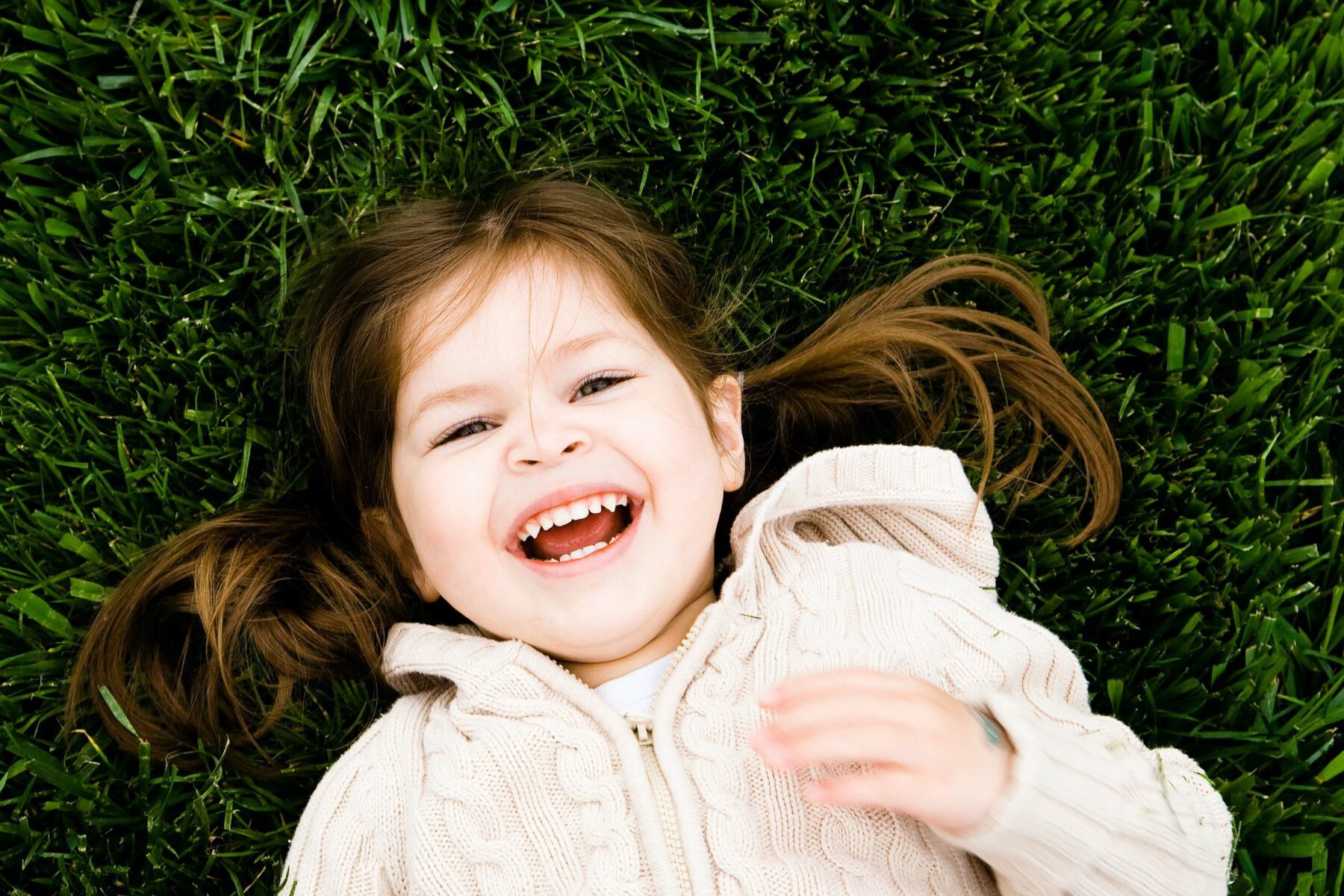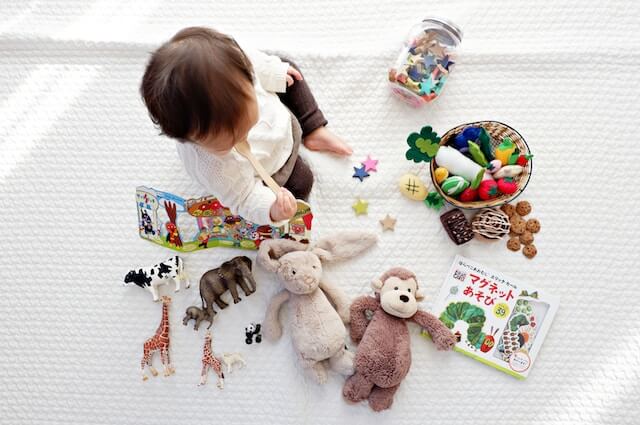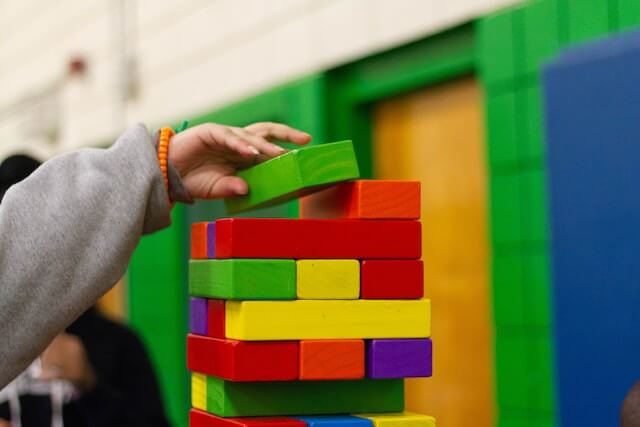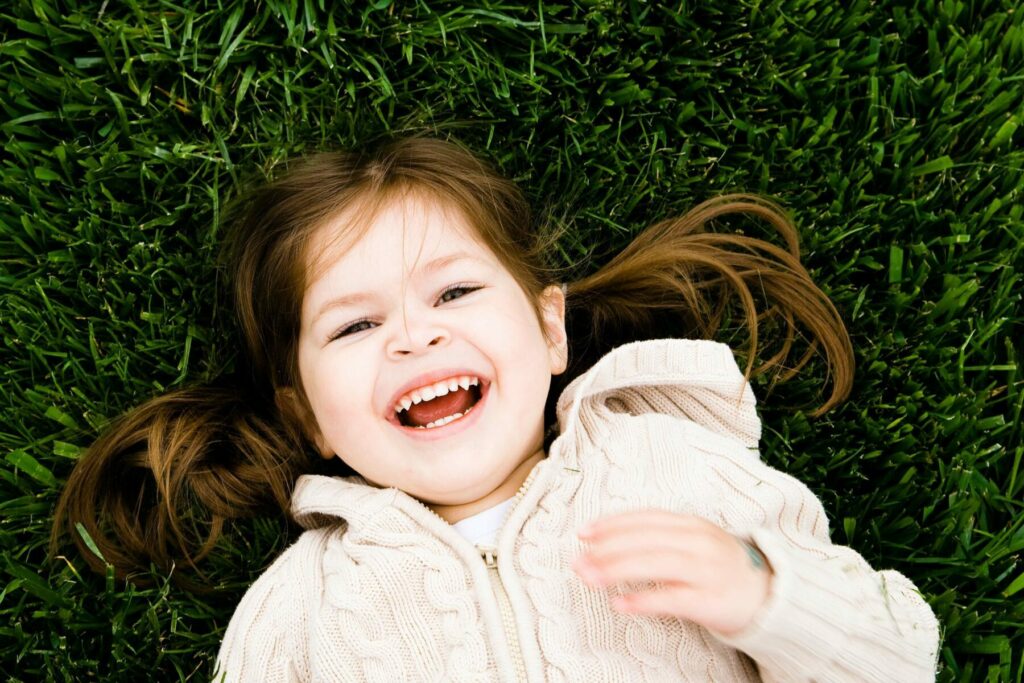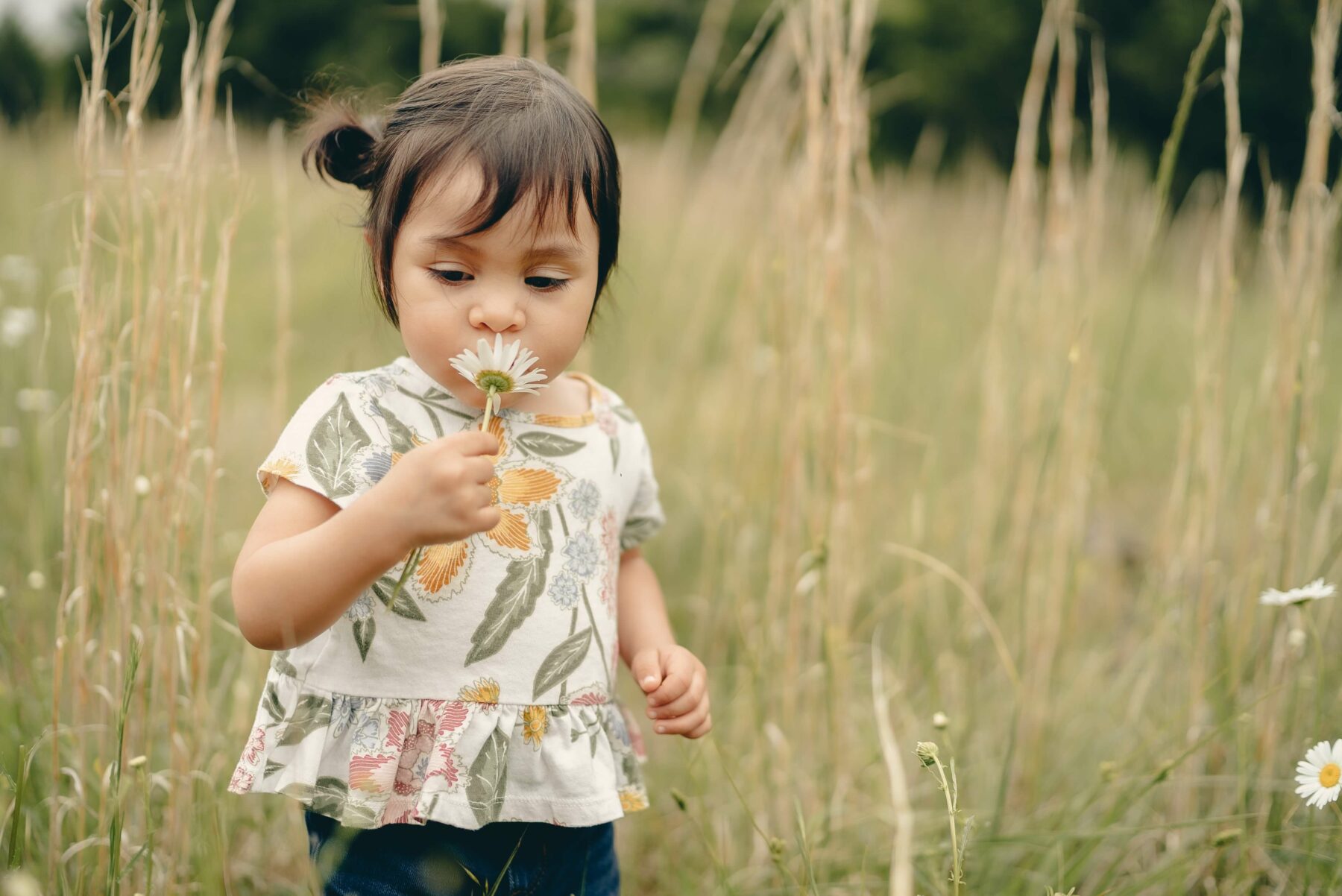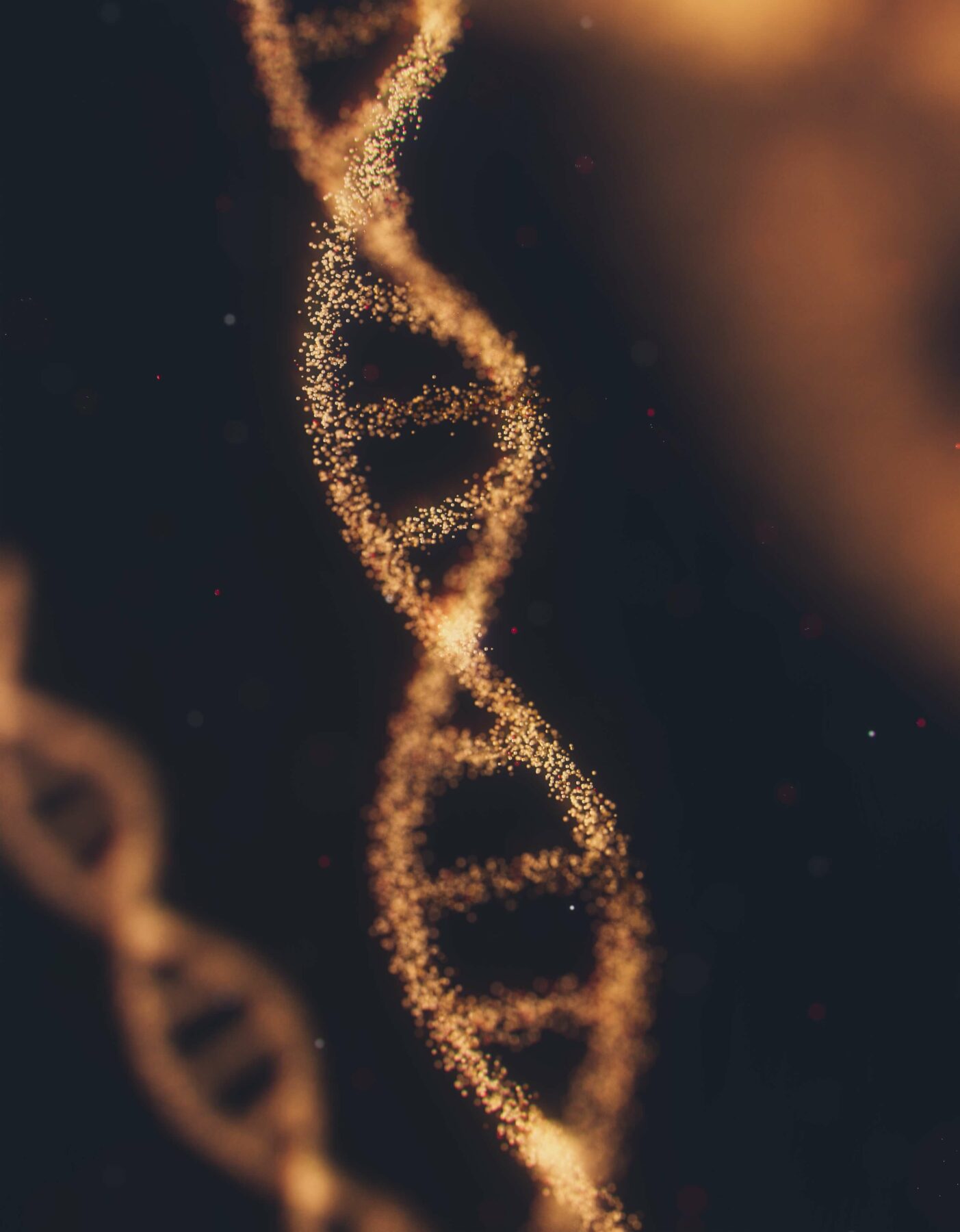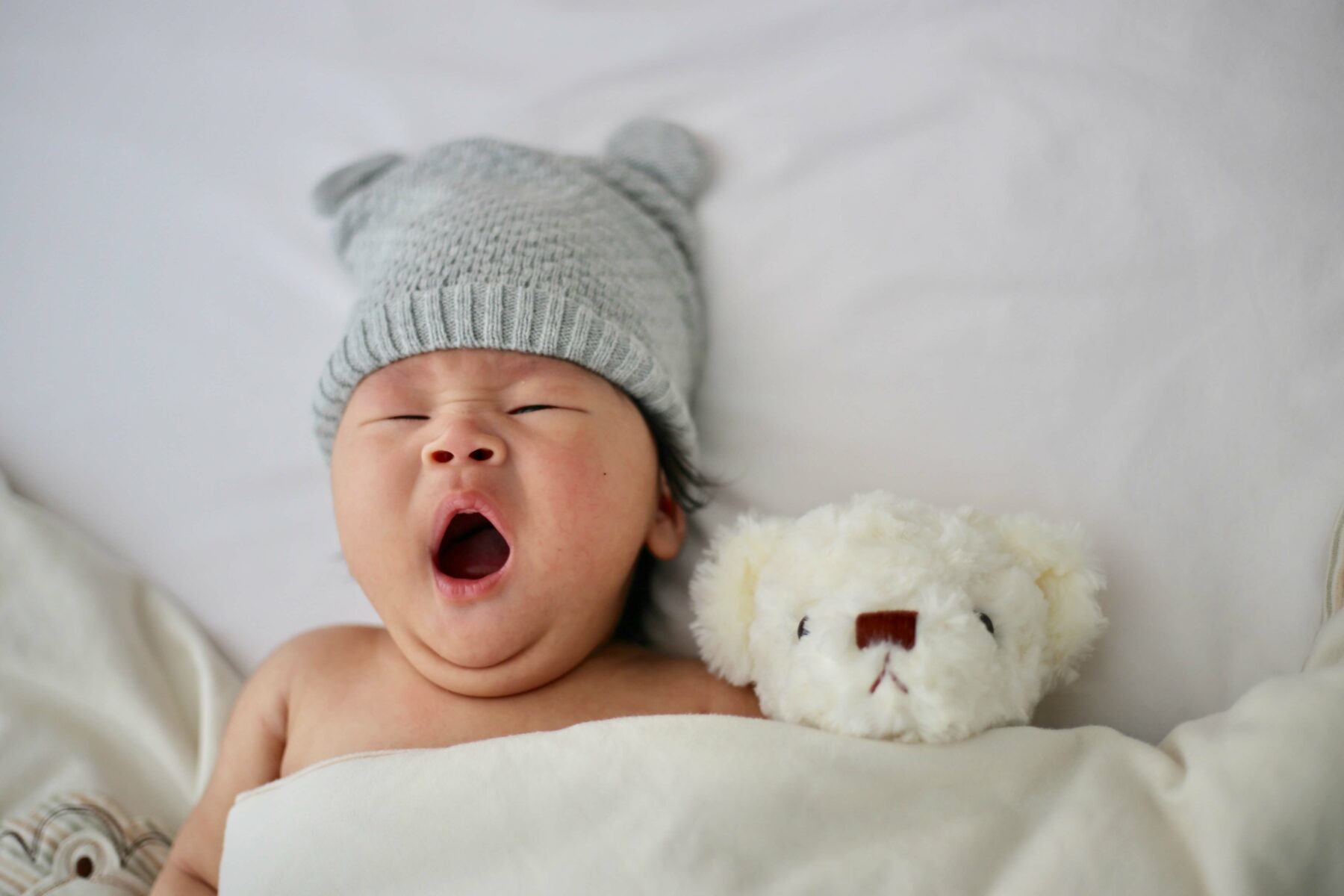Stimming is a common behavior that children with autism spectrum disorder engage in. It refers to self stimulation or self-soothing, and it deals with repetitive movements, sounds, or words that help a child with autism center themselves in response to their environment.
This article will explore what purpose stimming serves, examples of stimming in children, and what techniques can help manage it.
What Is Stimming?
Professionals often refer to stimming behaviors as stereotypies or stereotyped movements. Stimming is a self stimulatory behavior and self-soothing behavior that involves repeated movements.
Lots of people engage in stimming by tapping pencils while they think, twirling their hair, or drumming their fingers. However, stimming is most commonly seen in children and adults with autism.
Stimming is part of the diagnostic criteria for autism spectrum.
Scientists believe that stimming is something children with autism do to steady themselves in response to anxiety, an overwhelming environment, or an under-stimulating environment. There are different types of stimming, including:
- Tactile (touch)
- Olfactory (smell)
- Visual (sight)
- Auditory (hearing)
- Vestibular (balance)
Stimming can present itself as full-body rocking, hands flapping continuously, repetitive noises or words, hard blinking, and more.
Children with autism may display mild stimming behaviors, or the stimming may get in the way of their life. It may interfere with schoolwork, social activities, and more.
For children diagnosed with autism, severe stimming behaviors can result in social exclusion and learning difficulties. In some cases, the stimming can even be destructive or harmful to the child.
There are children who engage in biting behaviors, which can cause physical harm themselves and others, and there are many who perform repetitive actions that make it difficult for them to focus on playing and learning new skills.
Let us look a bit more closely at the most common types of stimming in children with autism.
Types of Stimming
One of the most common forms of stimming is tactile. Tactile stimming can include:
- Hand flapping
- Finger-flicking
- Rubbing hands
- Scratching hands
- Biting hands
- Rubbing objects
- Picking at scabs
- Swallowing objects
- head banging
Auditory stimming refers to repetitive behaviors that impact a child’s sense of hearing. Some common auditory stimming actions include:
- Humming
- Grunting
- Screeching
- Repetitive speech
Visual stimming connects to the child’s sense of sight and can involve:
- Blinking repeatedly
- Staring at certain objects
- Turning lights on and off
- Lining up objects
Olfactory stimming involves the sense of smell. Some common behaviors include:
- Smelling objects
- Tasting objects
- Licking objects or hands
Vestibular stimming is related to balance. Some common examples include:
- Rocking back and forth
- Spinning or twirling
- Hanging upside down
- Repeatedly jumping
Now that we know the behaviors that children with autism commonly engage in, let us look at why they do so.
Why Do Autistic People Stim?
There are a number of reasons scientists and researchers think autistic people stim.
In many cases, the behaviors help them deal with sensory overload. If the child is in an environment that overstimulates them, focusing on one behavior helps them find a balance.
Children with autism may also stim when they feel understimulated. If they don’t feel their senses are engaged enough, they can begin stimming to provide the lacking stimulation.
Another reason people with autism turn to stimming is that it can help them with anxiety. By focusing on one behavior at a time, they can reduce the anxiety they experience.
Children with autism may also engage in stimming to provide relief from pain. Stimming may release endorphins, which can decrease pain.
It can also be a way to express enthusiasm or excitement if the child doesn’t know how to do so in another manner.
Stimming occurs as a self-management tool, as well. It can help children with autism spectrum disorder express frustration or anger and help them relax.
In some instances, nonverbal children use stimming to express distress or pain if they have an underlying medical condition. If you see your child pointing to a particular part of their body repeatedly, have a doctor check for any issues.
Some children with autism also use stimming as a form of getting attention. If they received attention in the past for this behavior, they might engage in it again to get the same results.
These are the reasons autistic children turn to stimming, but is it possible to control it, and should you try to?
Can You Manage Stimming?
It is important to understand that most forms of stimming are not harmful. In fact, they can help your child and give them the control they need over their own emotions.
You should only worry about stimming if it affects their social interactions, if it makes it more difficult for them to play, if it interferes with learning, or if it is dangerous or harmful to them or others.
The goal of dealing with stimming is to ensure the child has self-control. It is not helpful for a parent or any other authority figure to display anger or frustration at the behaviors, but it can be useful to show children ways to manage them.
Let us look at the management of stimming a bit more.
How to Manage Stimming
One of the most crucial things to understand is what is causing the stimming. By knowing this, you can help your child modify the behaviors.
If the problem is overstimulation, it is important to evaluate their environment and see what can be causing the stimming. You may have to take the child to a quiet room or give them just one toy or one activity to focus on at a time.
If the problem is that the environment is not stimulating enough, it can help to add music in the background. You can also offer more toys and activities, textures, or more playtime outside.
There are some schools that have sensory rooms for children with autism who require more stimulation. Some helpful equipment can be items the child can bounce on, squish, or spin on.
If you see that your child uses stimming to manage anxiety, you will want to see what is causing it. Ask yourself whether something has changed in the environment and whether you can find a way to change it back or help your child adjust to the change.
One excellent way to help your child is by preparing them for new situations and giving them the skills they need to handle new environments. If you know your child has to go into a crowded room, for example, tell them about it, and encourage them to go through the experience by offering them a reward.
It can also be a good idea to add a daily exercise routine. Different kinds of exercise offer different kinds of stimulation, so it’s important to understand your child’s unique sensory needs when choosing an activity and to steer away from sensory overload.
For example, an understimulated child may enjoy running because it provides repetitive, firm input for the joints. Swimming at a quiet pool may offer calming water pressure for an overstimulated nervous system.
If an episode of stimming begins, it is better not to stop everything but to instead engage with your child. Encourage them to play with a favorite toy or perform a favorite activity so that they have something else to focus on.
As long as the stimming is not dangerous or self-harming, you may want to consider joining in, especially in activities like stacking or moving objects. This will allow your child to still get interpersonal interactions.
For many children, it can be helpful for them to know that the feelings they experience are normal and that there are other ways of managing them. Just knowing that their parents understand what they feel can help reduce anxiety.
If the behaviors interfere with the child’s life and affect their social interactions, schoolwork, or playtime, you always have the option to turn to behavioral therapists or other specialists.
Applied Behavior Analysis (ABA) is a particularly helpful type of therapy for children on the autism spectrum. This individualized therapy option focuses on finding your child’s strengths and weaknesses, and it works to improve social skills by using learning theory principles.
ABA also helps with self-control and self-regulation, making it possible for your child to learn ways of dealing with stress without resorting to stimming. It makes it possible to reduce negative behaviors without adding to the stress.
It can also help your child manage changes to their environment and apply the learned strategies to new situations.
A provider like Hidden Talents ABA can be a good place to begin if you think behavioral therapy can have a positive impact on your child.
Always rule out medical conditions before allowing your child to continue with stimming. Lots of nonverbal children use stimming as a communication tool, so have their doctor perform a physical exam to rule out any underlying causes.
Understanding Your Autistic Child
Stimming is an aspect of having a child with autism, but it doesn’t have to be a negative thing. As long as the stimming does not interfere with your child’s life excessively, it is a coping mechanism that can give your child the self-control they need when dealing with anxiety and challenging environments.
By understanding why your child engages in these behaviors, what they mean, and how you can help them deal with them, you can offer them the support they need.
If you are ready to work with the best Applied Behavior Analysis therapy provider in Texas or Georgia, give us a call at (404) 487-6005. Our dedicated team is ready to help and we will treat you like family.

